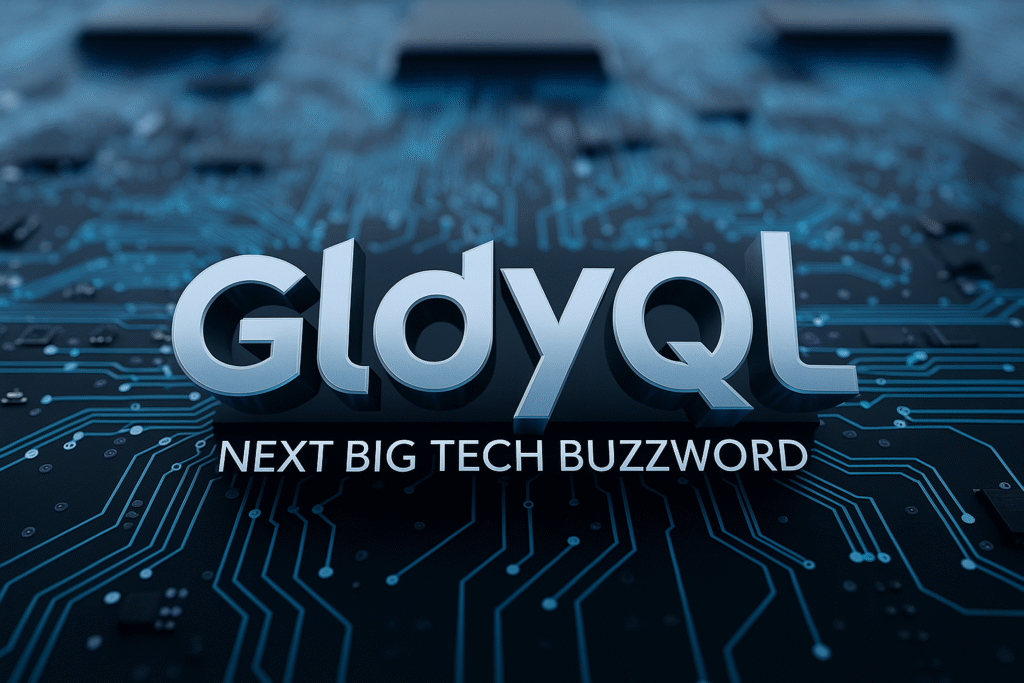Insetprag: The Unobtrusive Technological Change that You Can Not Afford to Ignore
Technology is fast-paced, and every now and then a new concept is introduced that secretly begins to alter the manner in which we work and life. Insetprag is one of such ideas. It may not be a household buzzword just yet, you do not see it being hashtagged in social media or thrown around in boardrooms, but is increasingly being heard of in the online world.
Fundamentally, Insetprag is all about making digital systems, smarter, smooth, and more human-trickable. Consider it a philosophical approach where smart thinking at the back ends is intertwined with an intuitive design. Instead of forcing people to adjust to clunky platforms, Insetprag is all about technology that adapts naturally to us.
What Is Insetprag and Why Care?
What then is Insetprag?
It can be described as the simplest way to say that it is a framework on the meeting point of integration and pragmatism. Technically, it involves delivering data, automating systems, and making them efficient in a way that they can integrate into systems without problems. The user part is that of simplicity or rather simplicity of clean interfaces which are not intimidating.
Most of today’s digital problems come from complexity. Businesses build platforms packed with features, but users end up frustrated because they’re too difficult to navigate. Insetprag flips that approach. It leaves the power of the system in the hoods but the part you see can be made to be simple and always easy to understand.
So what? Due to the fact that, when it comes to shopping online, accessing your health records, and even doing financial management, you desire speed, precision, and convenience. And that’s exactly the problem Insetprag is trying to solve.
How Insetprag Is Already Changing Different Industries
The beauty of Insetprag is that it isn’t tied to one sector.It is more of a philosophy and this tendency explains why it can be implemented in any industry ranging between retail and healthcare.
E-commerce and Retail: E-commerce stores employ it to reorganize in real time about recommendation and availability of the products. Seeing behind the scenes where you can scroll through inventory and changes in stock are immediately updated without pressing refresh- that is the power at work.
- Healthcare: Doctors and patients alike benefit from more responsive medical dashboards. For example, a GP could see test results update live, while patients might get an adaptive interface that tailors advice based on their medical history.
- Education Technology: Students learning online often complain about platforms that feel rigid. With Insetprag-style systems, lessons adjust dynamically—quizzes adapt to performance, and feedback is instant, keeping learners engaged.
- Finance and Banking: Markets move quickly, and people need data just as fast. Dashboards built with these principles deliver live market insights and make transactions secure without adding extra steps.
In short, Insetprag isn’t a distant concept—it’s already filtering into the apps and platforms people use every day.
The Future of Insetprag in Digital Innovation
- Insetprag is well positioned to be the unseen backbone of next gen tech in the future. Given that artificial intelligence, real-time analytics and immersive tools such as AR and VR continue to improve, this need will continue to increase.
- Smart Homes: What about having every device of yours, e.g. thermostat, fridge, smartwatch, talking to each other in perfect harmony.
- That’s the type of seamless interaction Insetprag can encourage.
- Virtual and Augmented Reality: Immersive experiences only work if they adapt instantly to user actions. By embedding data and system responses in real time, these platforms can feel much more natural.
- Scalable Business Systems: For startups especially, flexibility is key. Insetprag supports modular growth, meaning companies can start small and expand without rebuilding everything from scratch.
- Security: Digital threats are growing, but when security protocols are baked directly into the framework—as they are here—the attack surface shrinks. That makes systems safer by design.
What’s exciting is that this isn’t just about technology working better; it’s about technology becoming almost invisible. Users won’t have to think about the systems—they’ll simply work.
Conclusion: Why Insetprag Feels Different
The majority of tech trends may be described as temporary, however, some of them remain as they really address the actual problems. Insetprag feels like one of those.It is not an issue of sparkly features or jargon; it is the matter of providing smoother more intelligent and more human centred systems. To developers, it represents a chance to code less, and be more intelligent.
For businesses it’s a way to go save money and scale with less drag. And for users, that’s fewer headaches and a better digital experience.
If technology is supposed to make our lives easier or easier to live, Insetprag could be this quiet revolution that is tired and finishes.
FAQs
Q1: Is this concept widely adopted yet?
Not quite. The concepts are already implemented, yet the name is not sold as hot yet. As of now, it is more of the practice, as opposed to the label.
Q2: What is the difference between it and classic structures?
Custom systems tend to put you in a straitjacket. It is modular, dynamic, and user-centered, i.e., it fits the need instead of pushing users into structured boxes.
Q3: Does it have any use to smaller firms?
Definitely. It is scalable, and thus the startups can opt to start with procedures of lightweight applications and then think about the addition of complexity when necessary.
Q4: What must be learned to do this?
Good understanding of modular coding, data processing and UI/UX design are paramount. An awareness of recent developments such as React, node.js and APIs will assist as well.
Q5: Is it better in terms of security?
Yes. Incorporating the security measures into the very structure, it minimizes threats and makes the systems safer in general.
Q6: What is happening to it in the next five years?
As AI, smart gadgets and immersive technologies become more commonplace, anticipate that these regulations will become the norm in any industry.



